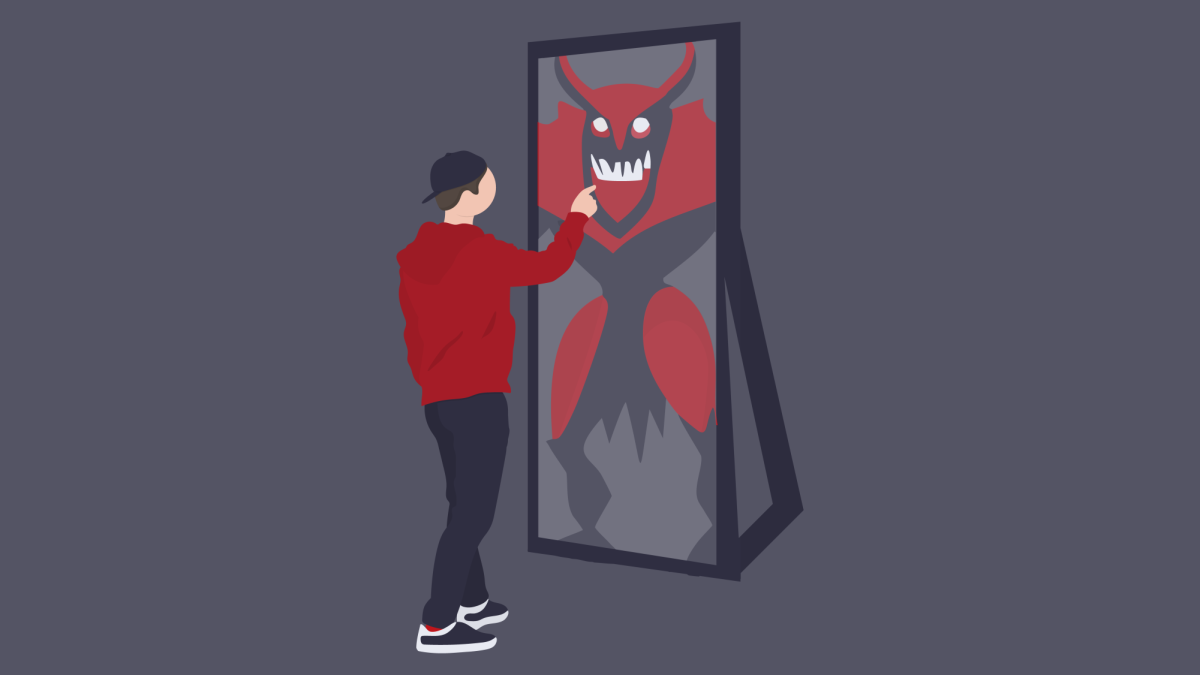[vc_row][vc_column][vc_column_text]
Although artificial intelligence (AI) seems like a subject reserved for sci-fi movies, it is actually a rapidly developing field that could have serious ramifications for the human race in the next couple of decades. Primitive AI already permeates almost every part of our society. They’re in our phones, screening our emails, operating in our video games, controlling parts of our military, and they’re only going to get more advanced and powerful as we continue to force AI to do more complicated tasks. It’s the future forms of AI that could prove detrimental to humanity’s existence.
According to experts, strong AI, or AI that has the same amount of intelligence as humans, will emerge within the next 100 years. These will be robots capable of performing many professional tasks, such as writing, physical labor, complex reasoning and disease diagnosis. The trend of robots taking over jobs will continue to the point where there will be very few uniquely human jobs left. This trend emerged during the most recent recession (February 2008 – February 2010) and isn’t stopping any time soon. According to data from the Associated Press on the labor market during the recession, industries that pay middle class wages lost 7.5 million jobs. Despite the economic recovery, only 3.5 million jobs have reappeared. This begs the question, where did 4 million jobs disappear to after the recession ended? AI seem to be one of the primary culprits, since the time period when the jobs went missing corresponds to increased levels of AI use by businesses.
Businesses decided to replace workers who required wages with robots that did not. A company that demonstrates this practice is Standard and Poor, a financial services company, which, despite being more profitable, is actually employing a half-million less people now than before the recession. Another business, Webb Wheel, hasn’t added a factory worker in three years, though it’s making 300,000 more drums annually, a 25 percent increase. The middle class was hit especially hard by this trend, and it shows. According to an analysis by the Associated Press, all but 2 percent of the 3.5 million jobs gained have been in low-paying and high-paying industries, which respectively account for 70 percent and 20 percent of the 3.5 million jobs acquired since the recession. This is a worrying trend that will likely continue as AI starts to take aim at jobs that require more training, such as doctors and lawyers. There will be almost no sector that is free from AI, except for sectors that require person-to-person interaction. Even those sectors will suffer, as humans make less money overall due to lack of jobs. 49 percent of leaders and professors surveyed by the Pew Research Center agreed that AI will displace more jobs then it creates. Some of the other 51 percent maintain that humans will take advantage of uniquely human traits to create new jobs. However, there may eventually be very few traits that humans will have a monopoly on.
Current generation robots have already demonstrated the ability to be creative and to communicate. Since that trend is bound to continue, one wonders what, if any, traits humans will possess that robots won’t. Others maintain that we will simply invent new jobs, a seemingly impossible task given that robots could take over as doctors, customer service reps and lawyers in the future.
Robots also pose a threat to the capitalist system since they would only do their jobs and not demand a wage and therefore would not buy products. They would force people out of jobs, lowering the purchasing power of the public as a whole and causing the government to collect fewer taxes. This would cause economic pains on a scale that is rarely seen today. This situation is playing out in Michigan on a smaller scale — major automation in two major parts of the economy, agriculture and manufacturing, is causing havoc, as people shift to the service sector which is also in the process of being automated.
Another aspect of the threat that strong AI poses comes from the military. Currently, militaries from around the world employ semi-autonomous vehicles, including the United States. Currently the U.S has a ban on employing lethal, fully autonomous robots; however, other countries do not. This lack of regulation could create a situation where another country creates a lethal autonomous robot, and in an effort to catch up, the U.S. could end up lifting the ban. This would open up a can of worms since, according to Human Rights Watch and robotic manufacturers, lethal AI would be unable to tell the difference between a civilian and a combatant and they would have no respect for the value of human life.
The final risk associated with strong AI is the possibility of robots developing basic drives, meaning that the robots will develop self-preservation and seek resources to better achieve their goals. This conclusion was reached by AI scientist Steve Omohundro. According to Omohundro, “These are machines that will fight to stay alive and won’t want to be turned off.” Combine this with the possibility of machines malfunctioning as they encounter situations that humans didn’t think of, and you have a recipe for disaster. If this happens, one can envision a machine injuring a human that is trying to shut it down or running amok as it tries to gather resources from places it was never supposed to in order to facilitate its goals. Today, even narrow AI have the ability to cause a massive impact if a malfunction occurs, albeit without the threat of physical violence. There is no telling how much damage strong AI will be able to do in the future.
At the present unchecked rate of development, AI will emerge as a force to be reckoned with, and unless we change our course, will end civilization as we know it, either through robot actions or human reactions to AI. If AI continues to develop at the same rate, after 100 years, it will result in the creation of super-intelligence. This is a system that is capable of improving itself by editing its own code resulting in an incredibly rapid explosion of intelligence. This system will end up thinking in ways that we cannot even comprehend and will think of ways to circumvent all guidelines we have set for it since they would be founded on human logic. In order to avoid that, we must enact regulations and create a system that will regulate AIs in the future.
Currently, companies are free to conduct research into AI as they please without having to adhere to regulations that insure they are creating AI that can be controlled and do not exhibit any of the previously mentioned characteristics. Regulation must be introduced to insure that companies are using AI in a fair and responsible manner, regulation that was missing during the flash crash of 2010. According to iShares spokesperson Leland Clemons, during the flash crash traders that employed powerful, though extremely primitive AI took advantage of the AI processing power to buy stocks at an extremely low price. These AI were trading thousands of stocks in seconds, and as a result humans simply were unable to keep up with what was happening. As the price of stocks dropped, some computers handed control over to humans resulting in different prices for the same stock as humans operated in seconds while machines operated in milliseconds. Those that controlled machines that were able to deal with such large amounts and intensive calculations benefited by being able to see the real costs due to computational power. This highlights the danger of allowing companies to control AI since they could use them to do large amounts of damage to systems that relied on them. In order to avoid such situations, the development of AI needs to be deeply regulated by government and outside organizations. We also need to enact regulation to protect the human parts of the economy and insure that there are enough jobs to support individuals in the future. Currently, we are hurtling into a future that we don’t fully understand and are even less prepared for.
[/vc_column_text][/vc_column][/vc_row]












